Programming, sound and signal processing in Max is an internet based course, produced by Notam. It was launched in the autumn of 2010, starting autumn of 2022 for the thirteenth time. Information about how to register is found on the bottom of this page.
The Max course will not be taught during the 2024/2025 season. We are updating the course – stay tuned. The start of the next course is in September 2025.
The students are given a thorough review of Max, and afterwards they will be able to produce their own solutions. The course is best suited for participants with some skills within audio software. It gives basic training in both programming in Max and working with digital sound.
The participants get an understanding of working with sound and interaction in a way that is useful for people working with e.g. audio engineering, music, composition, installations and interaction design.
Max is a programming language and also a multimedia software. Some prior experience with software for sound, programming, or an equivalent to this, is an advantage.
The tool used in the course is Max from Cycling ’74, and the main focus is technical mastering of this tool. The course mainly consists of numerous tutorials which are to be handed in to our teacher. These tutorials are to give both a technical and a theoretical in-depth learning. The technical tutorials looks at different fields such as musical signal processing, sound synthesis, algorithms and interfaces. Participants must expect to spend 250h of work during the course. The reason for this large amount of time, is because Max has a high degree of complexity and less time spent would be just scratching the surface.
Participants will progress at a rate of their own within the timeframe of the course. During this time there are several deadlines for assignment submissions. All the necessary material is downloadable online. One committed teacher, your supervisor, is available for questions, answers and comments during the whole span of the course. Course assignments is submitted electronically via email, and will be evaluated and commented on within four working days. In addition to this, three workshops will be held using Zoom. These workshops are voluntary. This page shows an example of the language and content of the course.
The course is written by Asbjørn Blokkum Flø.
About Max
Max has become a sort of standard for interaction design work in connection with audio, video, computer graphics and sensor electronics. The program makes it possible to build customized solutions where traditional software comes short. This course will give a thorough review of Max so that after the course attendance you will be able to produce your own solutions.
Max is as mentioned earlier a program somewhere between a programming language and ordinary software. The program is not as difficult to master as a proper programming language, but not as intuitive as an ordinary computer program. The advantages of this kind of computer software compared to regular software are that the possibilities for flexible, custom made solutions are far greater. The downside is that it is more technically demanding to master at a fairly acceptable level.
There exist other similar programs, but one of the advantages of Max is that the program is widely distributed so that you can easily get help and support if you encounter technical problems. Another advantage is that Max has a well made collection of documentation and tutorial files, making it easier to get started without a whole lot of experience.
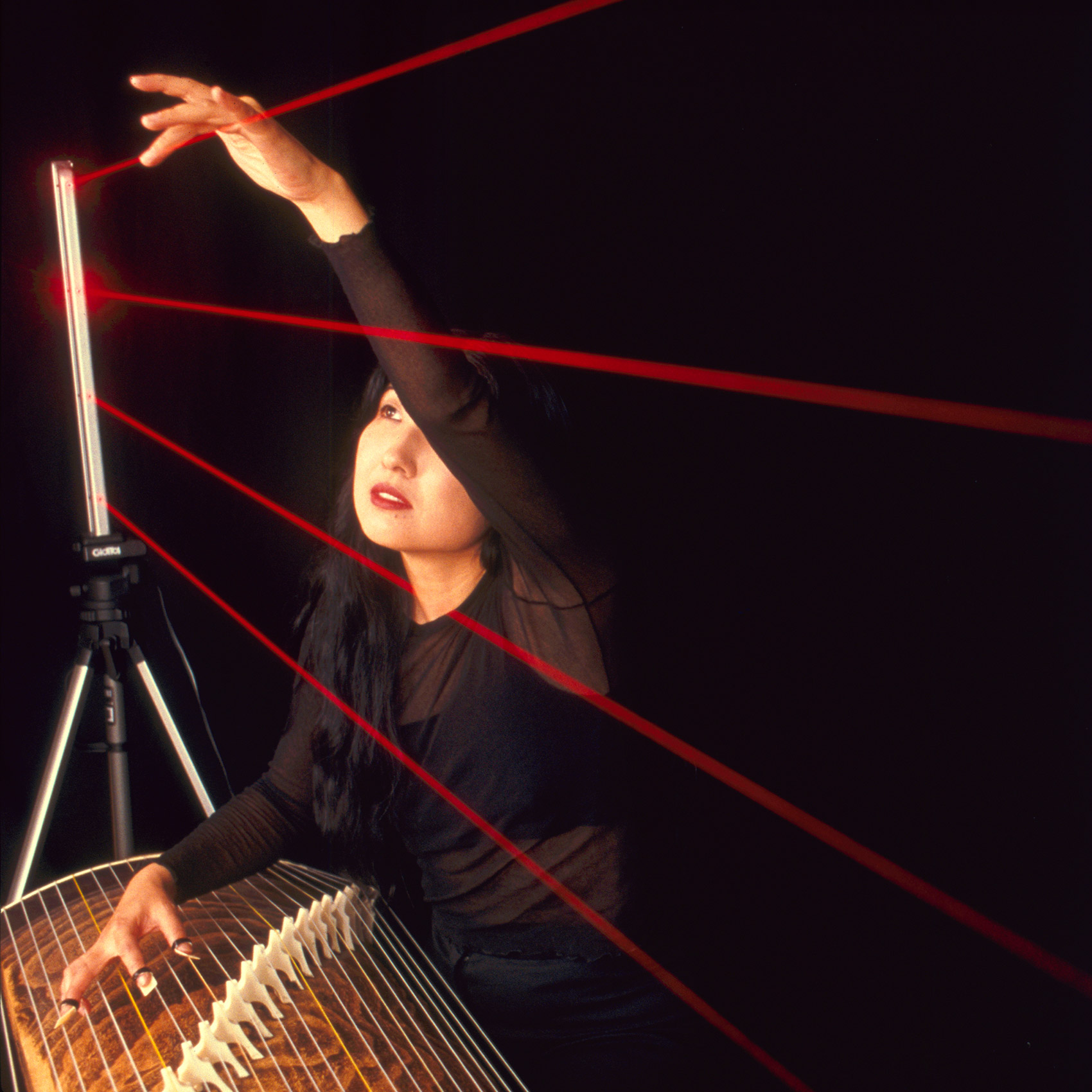
Illustration: Miya Masoaka’s combination of koto, laser koto and computer is an example of a combination of traditional musical instruments and computer. Courtesy of the artist.
About MSP
MSP is the audio part of Max. In MSP you can, amongst other things, work with synthetic sound, analyzis of sound, sound effects and multichannel loudspeaker setups. MSP is a very powerful tool. If you have an idea for working with sound, there is a high probability that it can be realized in MSP.
Max/MSP is not the only program which makes this kind of work possible. The program Pd which is free software, Native instrument’s Reaktor Reaktor and Kyma (which uses it’s own hardware) are all closely related to Max. There are also free text based software solutions for working with sound, such as SuperCollider,Csound,CLM and Chuck. Within these systems you work with the same modular structure, but are writing the code as text.
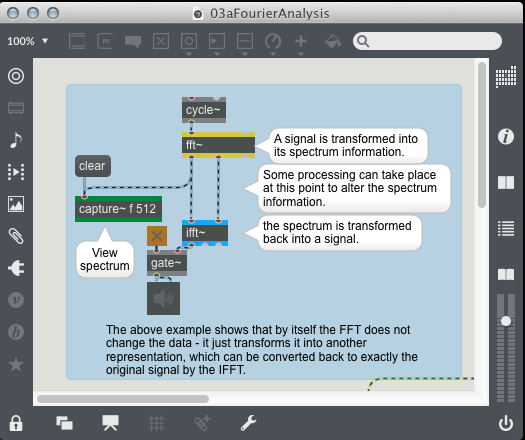
Tutorials
This course is based on Cycling ’74’s own tutorials in Max. These tutorials are a good and thorough way of learning the program and to do it on your own is ok. The advantage of following Notam’s course is, however, that you get help and guidance along the way. It will be a significant challenge for people without a programming background to learn Max, and we expect the vast majority of people to benefit greatly from this course. We ensure further that you have understood the subject by making the student solving mandatory exercises.
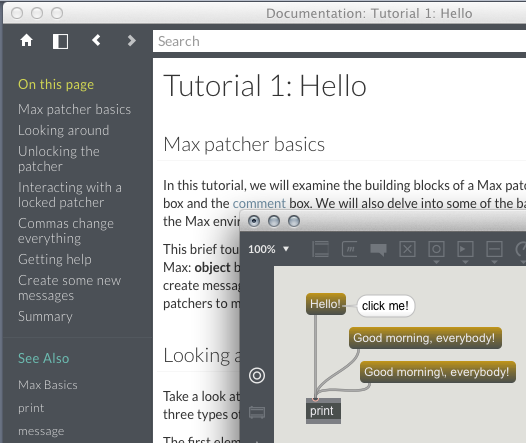
Software
A nine month lisence of Max is included for the first fifteen participants in the course. This will be given to you at the start of the course. Until then you can experiment with the demo version of Max. You can also buy Max by downloading it directly from Cycling ’74’s own website. This downloaded version acts as a demo version, but to use it as a fully functional program you must have a license. The cost is per July 2022 $399. If you are a student or a teacher, it costs $250. There are also special deals for schools and institutions. You may also subscribe to Max for $9.99 per month.
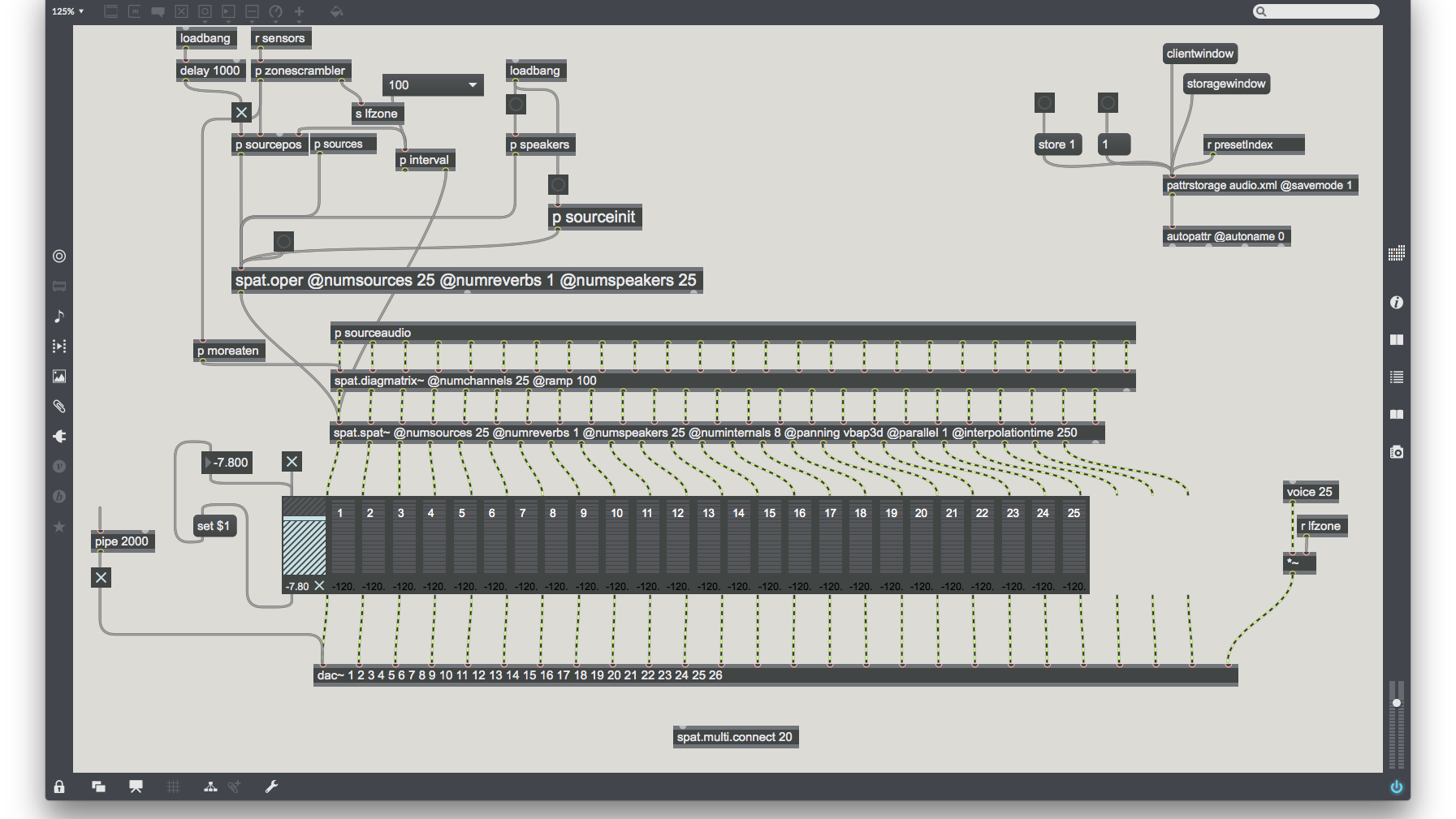
Practical information
Approximated time spent: 250 hours.
Deadline for registration: September 12 2022.
Start for the course: September 26 2022.
Duration: 7 months. Submission at your own pace. During the course there are 10 deadlines for submitting assignments.
Price: NOK 6 850,-
Teachers: Mads Kjeldgaard and Balint Laczko.
Number of students: 8*
Location: Internet
* There are a limited number of students. The course is confirmed by payment.
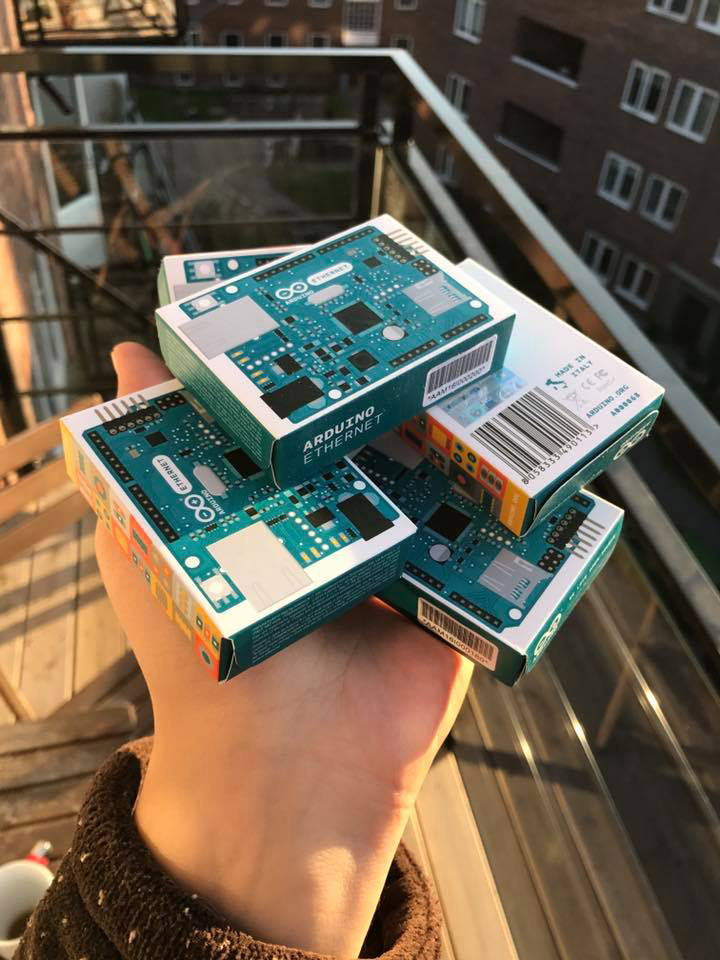
Photo by Koka Nikoladze
Equipment
To follow the course, you will need a computer with a normal audio input and output, a USB or MIDI-keyboard and the software Max.
For the MSP-part of the course, it is an advantage to to have a simple microphone connected to the computer’s audio in, but this is not completely necessary.
If you have any questions concerning the course, send them to: admin [a] notam02.no

Illustration: Laetitia Sonami’s Lady’s Glove enables new forms of interaction between the artist and the computer through Max. Courtesy of the artist.
Teachers
Mads Kjeldgaard has studied Electronic Music Composition at the Danish Institute of Electronic Music (DIEM) at the Royal Academy of Music. He has been using Max since 2016, working with advanced techniques for composition, audio processing and synthesis. His main field of interest as a composer is computer music. Using selfauthored algorithmic systems and DIY electronics, he likes to explore psychoacoustics as well as ideas of time, perception and “living” sound environments, expressing himself mainly in software. Photo: Sofie Amalie Klougart.
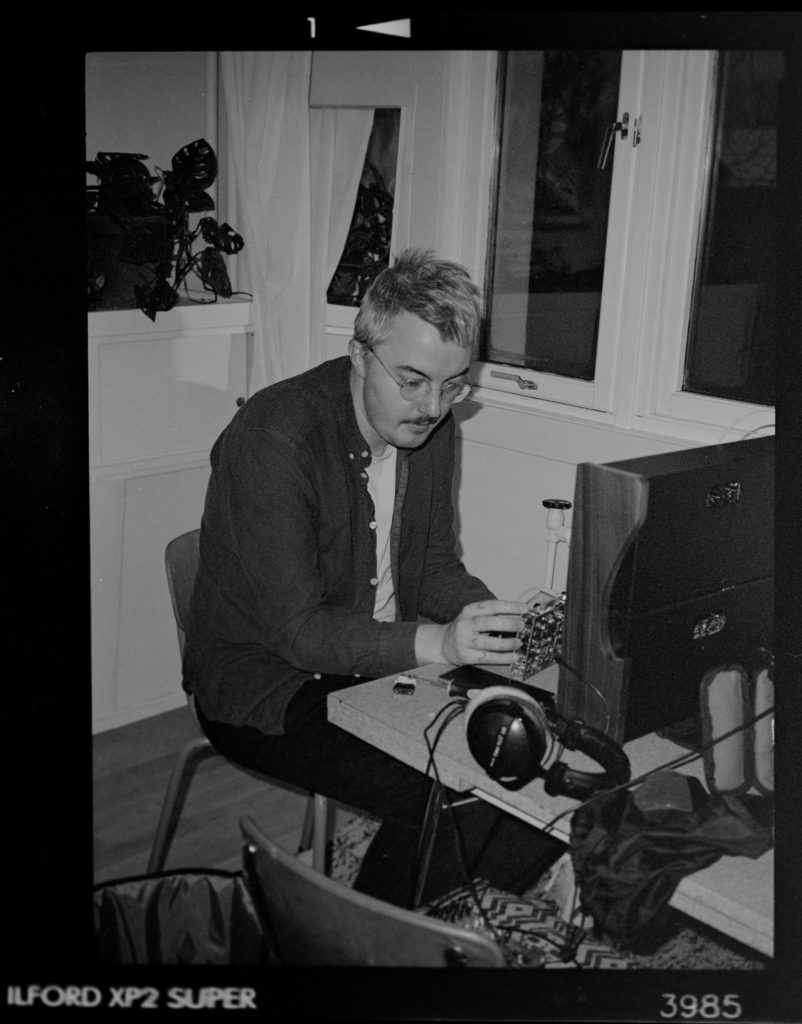
Balint Laczko holds a degree in composition from the Liszt Academy of Music in Budapest. He has been using Max for sound design and composition since 2012, working with advanced techniques for programming, signal processing and synthesis. Balint is well versed in the use of Max for immersive sound, as shown in his series of video tutorial on the Ircam Spat software for spatialization of sound. Photo: Thom Johansen.
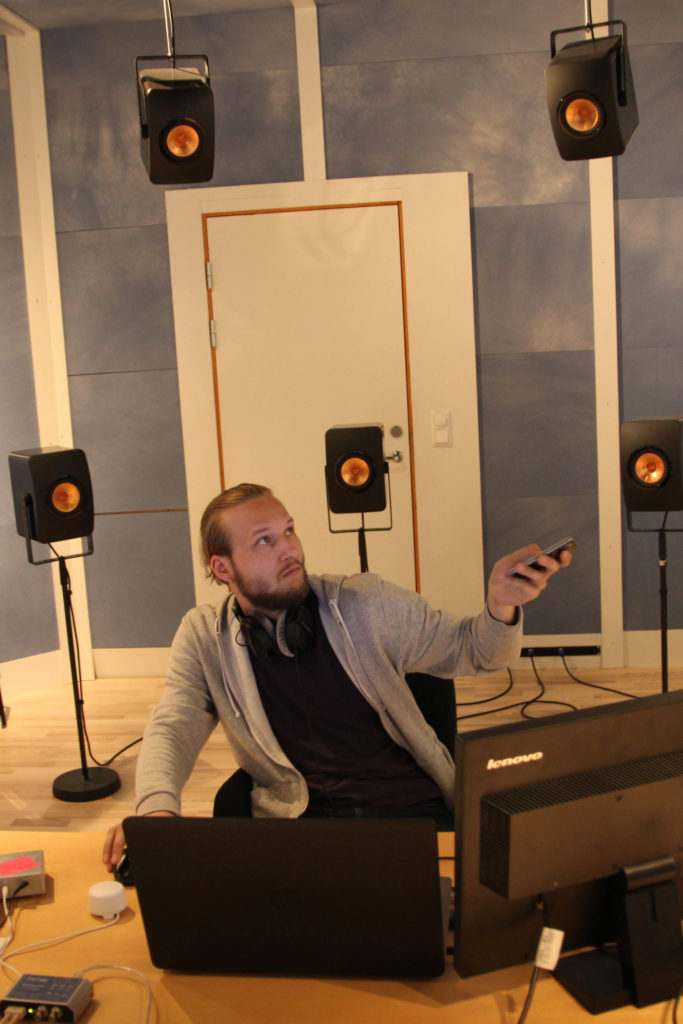
Registration
The course is full. Registration for the next course starts at the end of June 2025. The start of the next course is in September 2025.
